Description
GMD1073S SIL 2 Temperature Signal Converter and Trip Amplifiers DIN-Rail
General Description:
The single channel DIN Rail Temperature Signal Converter and Trip Amplifier D1073S
accepts a low level dc signal from millivolt, thermocouple or RTD temperature sensor,
located in Hazardous Area, and converts, with isolation, the signal to drive a Safe Area
load. Output signal can be direct or reverse.
Two independent Alarm Trip Amplifiers are also provided. Each alarm energizes, or
de-energizes, an SPST relay for high, low, low-startup or burnout alarm functions.
The two alarm relays trip points are settable over the entire input signal range.
Function:
1 channel I.S. input from mV, thermocouples, 3-4 wires resistance thermometers,
transmitting potentiometers, provides 3 port isolation (input/output/supply) and
current (source mode) or voltage output signal.
The programmable RTD line resistance compensation allows the use of 2 wires RTDs
or error compensation for 3-4 wires RTDs. Reference junction compensation can be
automatic, with option 91, or fixed by software setting.
In addition it provides two SPST relay alarm contacts with adjustable alarm trip point.
Signalling LEDs:
Power supply indication (green), burnout (red), alarm A (red), alarm B (red).
Configurability:
Totally software configurable, no jumpers or switches, input sensor, connection mode,
burnout operation, mA or V output signal, alarm trip point, high, low, low-startup or
burnout alarm mode, NE/ND relay operation, hysteresis, delay time, by GM
Pocket Portable Configurator PPC1090, powered by the unit or configured by PC via
RS-232 serial line with PPC1092 Adapter and SWC1090 Configurator software.
A 16 characters tag can be inserted using SWC1090 Configurator software.
To operate PPC1090 or PPC1092 refer to instruction manual.
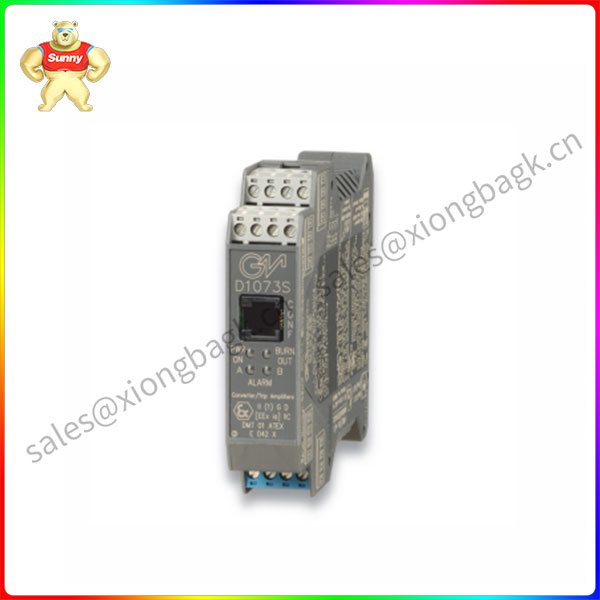
GMD1073S
Supply: 24 Vdc nom (20 to 30 Vdc) reverse polarity protected,
ripple within voltage limits ≤ 5 Vpp.
Current consumption @ 24 V: 65 mA with 20 mA output and relays energized typical.
Power dissipation: 1.5 W with 24 V supply, 20 mA output and relays energized typical.
Max. power consumption: at 30 V supply voltage, overload condition,
relays energized and PPC1090 connected, 2.1 W.
Isolation (Test Voltage): I.S. In/Outs 1.5 KV; I.S. In/Supply 1.5 KV;
Analog Out/Supply 500 V; Analog Out/Alarm Outs 1.5 KV;
Alarm Outs/Supply 1.5 KV; Alarm Out/Alarm Out 1.5 KV.
Input: millivolt or thermocouple type A1, A2, A3, B, E, J, K, L, Lr, N, R, S, S1, T, U or
3-4 wires RTD Pt100, Pt200, Pt300 to DIN43760, Pt100 (0.3916), Ni100, Ni120 or
Pt500, Pt100, Pt50, Cu100, Cu53, Cu50, Cu46 (russian standard) or
3 wires transmitting potentiometer (50 Ω to 20 KΩ).
Integration time: 500 ms.
Resolution: 5 µV on mV or thermocouple, 1 µV thermocouple type B, R, S, S1,
2 µV thermocouple A1, A2, A3, 20 mΩ on RTD, 0.05 % on transmitting potentiometer.
Visualization: 0.1 °C on temperature, 10 µV on mV, 0.1 % on potentiometer.
Input range: within rated limits of sensor (-10 to + 80 mV).
Measuring RTD current: ≤ 0.5 mA.
RTD line resistance compensation: ≤ 10 Ω. RTD line resistance error compensation: – 5 to + 20 Ω, programmable.
Thermocouple Reference Junction Compensation: automatic, by external
sensor OPT91 separately ordered, or fixed programmable from – 60 to + 100 °C.
Thermocouple burnout current: ≤ 30 nA.
Please contact Sunny sales@xiongbagk.cn for the best price.
➱ sales manager: Sunny
➱ email mailto: sales@xiongbagk.cn
➱ Skype/WeChat: 18059884797
➱ phone/Whatsapp: + 86 18059884797
➱ QQ: 3095989363
➱ Website:www.sauldcs.com


 中文版
中文版


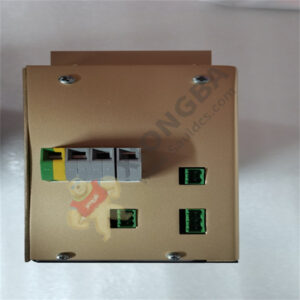
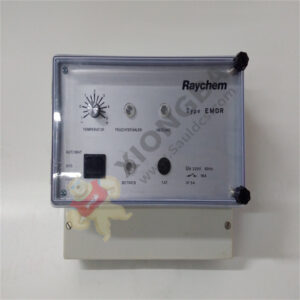
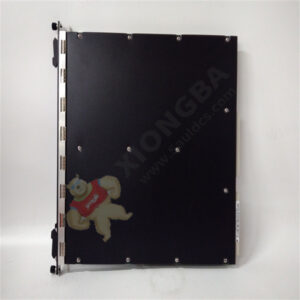
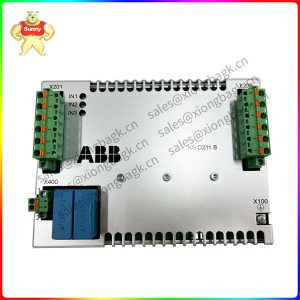
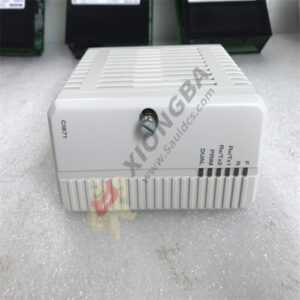
Reviews
There are no reviews yet.